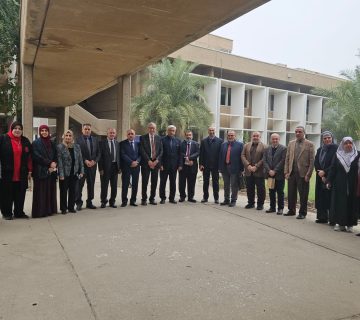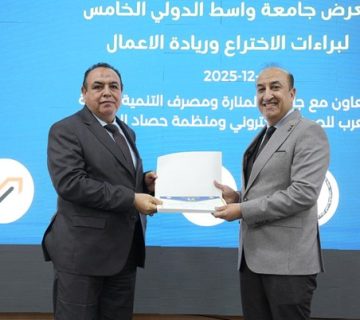This study delves into the historical significance of the Upper Shale Member within the Zubair reservoir, its depletion prompting a pilot injection program, with the aim of meticulously analyzing the area, developing a comprehensive reservoir model, and optimizing injection patterns for improved oil recovery

The Upper Shale Member, located in the well-known Zubair reservoir of the historic Rumaila oil field, has consistently produced oil since the 1960s. Nevertheless, long-term production has caused reservoir depletion, and thus necessitated the adoption of a waterflood development strategy to maintain pressure and maximise oil recovery. As part of this effort, a pilot injection scheme began in 2018, encompassing an area of about four square kilometres in the southwestern sector of the field. This programme included wells for injection, production, and surveillance. Notwithstanding its inception, the pilot project has yet to generate decisive findings.
The main aim of this study is to gain valuable insights by conducting a thorough examination of the pilot area and developing a reservoir model that aligns with its particular characteristics. A meticulous analysis employing a multifaceted approach includes an exhaustive evaluation of the development in each zone. This analysis encompasses multiple disciplines due to its complexity, specifically regarding the characterization of rock types and permeability. Technical term abbreviations are explained, and causal connections between statements ensure a logical flow of information. Biased language is avoided in favor of clear, objective language, and the register is formal. The text contains no grammatical errors, spelling mistakes, or punctuation mistakes. Different methodologies were used, including traditional hydraulic flow units and alternative clustering techniques, to establish a framework. Furthermore, a pioneering approach utilizing the Lorenz coefficient was implemented to depict diverse statistical distributions, offering a succinct portrayal of the member’s diversity.
The investigation encompasses a specialised chapter on the all-encompassing initial evaluation that concentrates on determining the injection well’s capacity, durability, production rates, and principal reception areas. Oil quantification from wells in other reservoirs was carried out using data analysis of production logging, with cumulative oil production excluded to improve the precision of the reservoir model. To mitigate upscaling effects, a geological model was created by dividing the vertical reservoir column into 120 distinct layers. The dynamic model was calibrated by incorporating oil injector wells to replicate reservoir conditions and establish model boundaries.
Verification through historical comparison and the creation of a sector model consisting of injection and production wells enabled the identification of the direction of permeability, resulting in a preference for a south-to-north orientation. Subsequently, diverse injection patterns were formulated to determine an optimal development plan for the entire unit, with the inverted five-spot pattern being identified as the most efficient choice.
In summary, the Upper Shale Member in the Zubair reservoir poses a considerable obstacle and prospect in the Rumaila oil field. This inquiry, prompted by the declining reservoir state, has been committed to extracting valuable findings. Although the pilot project’s results currently lack conclusive evidence, the in-depth analysis and modelling conducted have laid the foundation for a more informed and improved approach to pressure maintenance and enhanced oil recovery in this crucial area. The identification of the inverted five-spot pattern as the most suitable injection strategy marks a significant milestone towards achieving these objectives, which further emphasises the dedication to efficient reservoir management within the oil engineering discipline.







